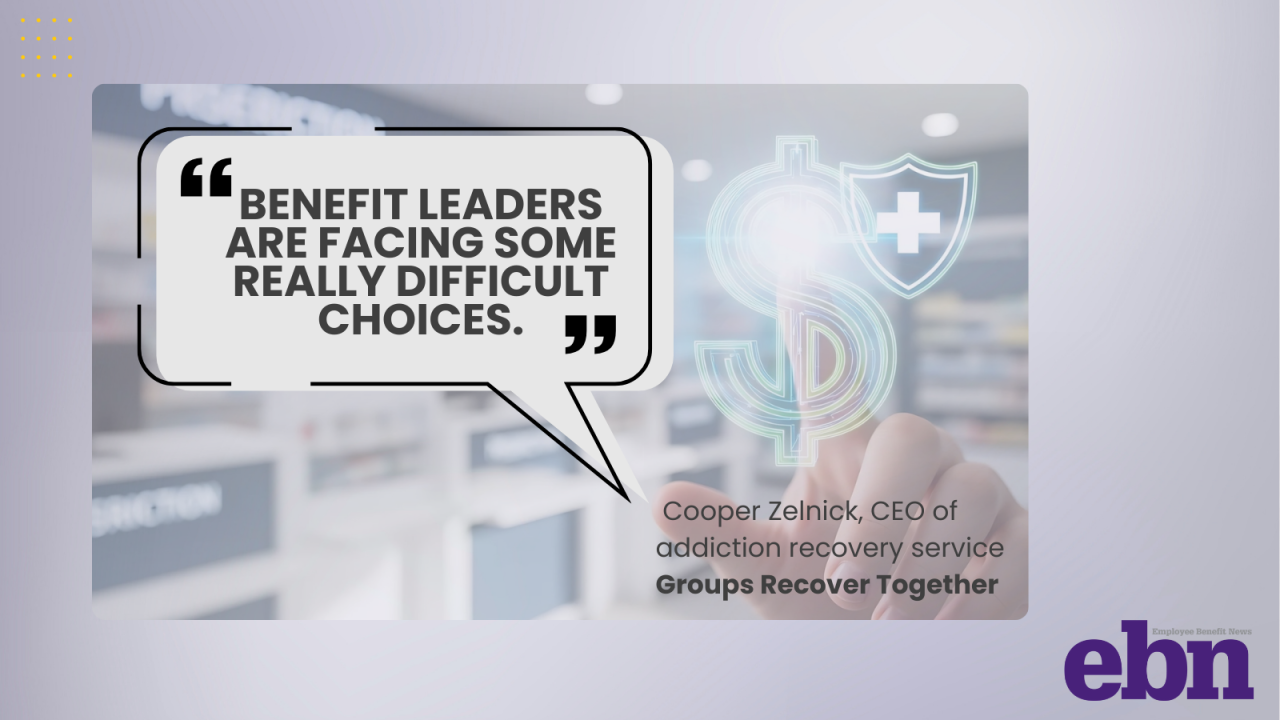After a provision of the 21st Century Cures Act re-opens for small employers the opportunity to reimburse medical insurance premiums for employees — even premiums in the individual market — those employers are expected to take advantage of this new opportunity that will help them attract and retain talent.
The Act, created a new hybrid HRA entity called a Qualified Small Employer Health Reimbursement Arrangement, designed specifically to allow non-ALE entities to resume paying for individual health insurance premiums for their employees, according to David Smith, vice president at brokerage Ebenconcepts.
It gives small employers — those with fewer than 50 full-time employees — greater flexibility to offer employees a healthcare plan and helps employees purchase a plan that is affordable and acceptable for their personal health needs, explains Chatrane Birbal, senior adviser, government relations at the Society for Human Resource Management.

While the Act provides an option and is not a mandate, Birbal says she has heard from those in the industry that many small employers are going to start offering the money — with a maximum cap of $4,950 for single employees and $10,000 for employees with families — to their employees.
“When we think about the Affordable Care Act and think of employee/employer, employers want to be able to provide employee benefits and benefit options that … can meet their employee’s personal needs,” she says. “I really do think from a small employer prospective, this provision really allows them the flexibility and option to provide employees this benefit.”
“For small employers, this is a welcome change to the law,” she adds.
Previously, prior to the ACA, it was common for small employers that didn’t offer a group medical plan to reimburse employees for some or all of the premiums they paid for individual medical policies, according to a compliance alert from Lockton. However, IRS regulations issued under the ACA effectively barred that practice.
Also see: "
Small businesses were “scared about giving employees money for health insurance for fear of any fine,” explains Rick Lindquist, president and CEO of Zane Benefits, who says the fines were up to $100 per employee, per day. “What this bill has done is give 100% regulatory clarity for this. It is basically saying, it is 100% clear that small businesses can give employees money tax-free to buy a health insurance policy."
Now that it is clear the money can be offered, Lindquist says his Salt Lake City-based company has received tens of thousands of inquiries for his software platform, which helps small businesses to manage their benefits
Opportunity for advisers
Lindquist explains that the core reason for offering benefits is recruiting and retention. A small business wants to offer health benefits because it is valuable to employees.
Also see: “
But, most small businesses don’t have the time to comply with plan documents, summary plan descriptions, receiving receipts and storing them for the required seven years, etc., he adds.
Ebenconcept’s Smith advises that the “dance moves” required to implement and use this new approach will create “hazards for the employer or agent who doesn’t carefully follow the rules.”
Most small employers are finding service providers, such as Zane Benefits, to help them administer the plan.
For brokers, they were also scared to recommend options like this due to the government’s 2013 notice. But now, employee benefit brokers have a new way to retain and even acquire new companies, Lindquist says, when group health insurance is no longer an option.





